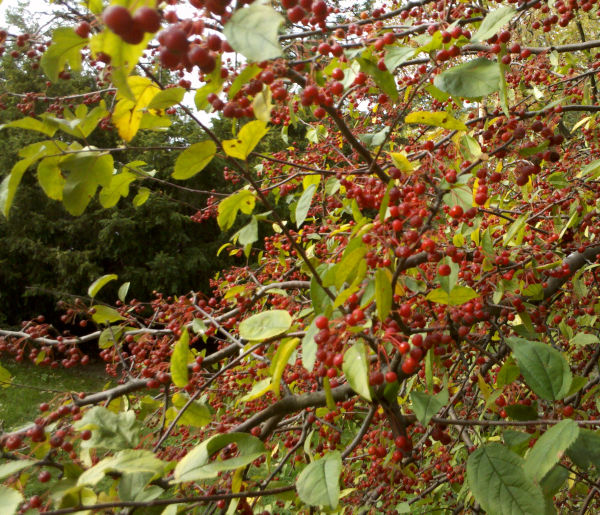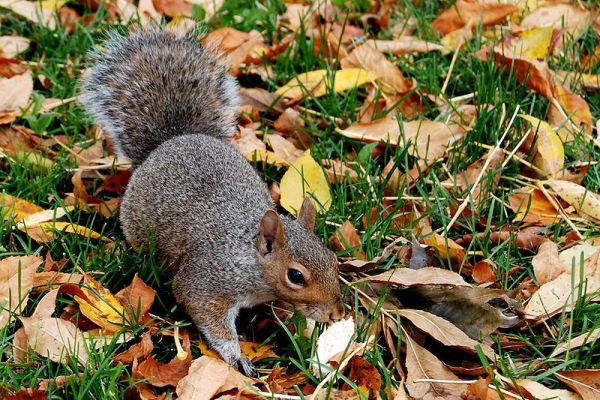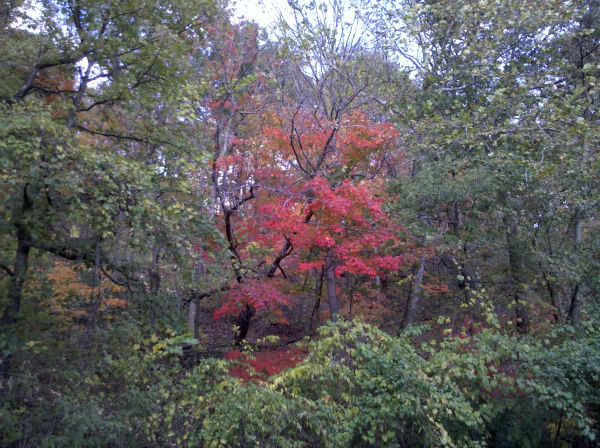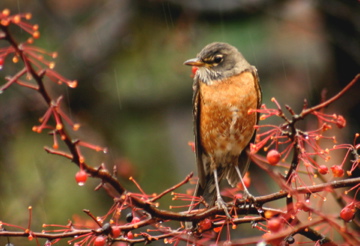 Thank you, everyone, for your comments, emails and phone calls about yesterday’s quiz.
Thank you, everyone, for your comments, emails and phone calls about yesterday’s quiz.
My local experts — Marcy Cunkelman, Dianne Machesney and Chuck Tague — agree that the tree is a crabapple. My photo didn’t provide enough information to identify the cultivar but Marcy suggested a Sargent’s Crabapple, Dianne gave us a list and Chuck Tague emailed this comment:
“Dianne and Marcy are correct. It is one of the ornamental crabs. It resembles the trees at Chatham Village in Mt. Washington, Showy Crabapple “Malus floribunda”. The top of one is close to my second floor office window. It is not a favorite of birds until after the first hard frost. Then, usually a week or two before Thanksgiving, swarms of fruit-eaters descend on the tree. American Robins and Cedar Waxwings bounce from crabapple to crabapple in a frenzied feast. Mixed in are House Finches and House Sparrows. Eventually a brigade of European Starling swoops in and the fruit is stripped clean in a few hours.”
Chuck sent a photo of a cedar waxwing tossing back a crabapple, but I chose this one of a robin in the rain — on Chuck’s crabapple tree — because it ties two themes together.
Yesterday’s storm and heavy rain reminded me that there’s a link between weather, birds and food. We might guess that heavy rain puts birds under stress. Now we have some proof.
Alice Boyle of the University of Western Ontario studies white-ruffed manakins in Costa Rica. They’re fruit-eating birds the size of chickadees who, like chickadees, must eat all the time and, like chickadees, change elevation in the winter.
Winter in the Costa Rican rain forest isn’t cold but it’s very, very wet. Alice Boyle and her colleagues discovered that when particularly long, heavy rain storms plagued the area, the white-ruffed manakins migrated to lower elevations. Blood tests of rain-affected birds showed they had high levels of stress hormones and were burning fat. In other words, they were hungry and stressed out.
Boyle says that the stress of rain may be what prompts the birds to fly downhill to drier ground, “These rainstorms have really strong effects, both behaviorally and physiologically, in ways that nobody knew before.”
Her study might not translate to all birds, but it supports our guess that rain means stress.
Read the article and see a picture of the white-ruffed manakin here.
(photo by Chuck Tague)
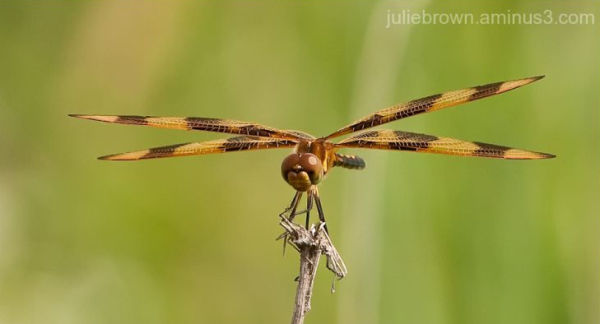
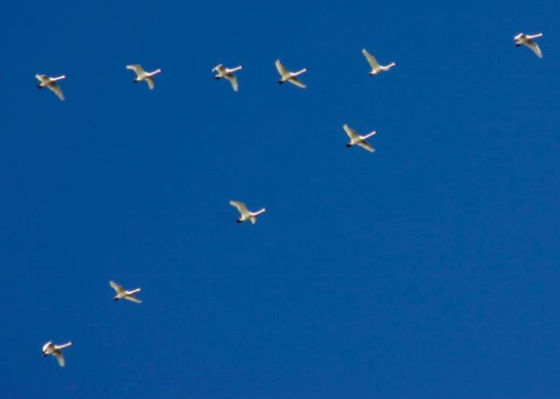
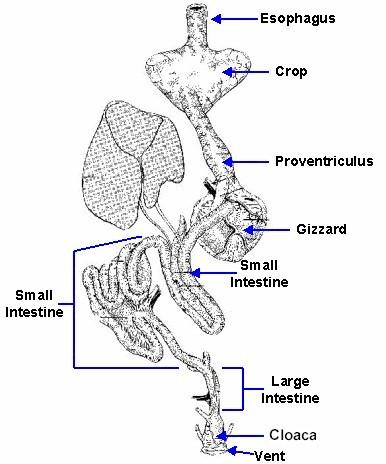
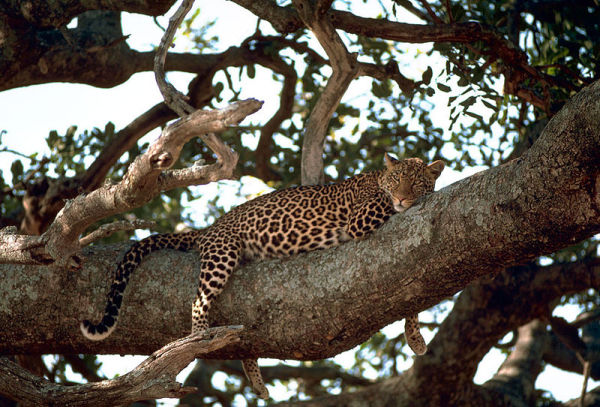
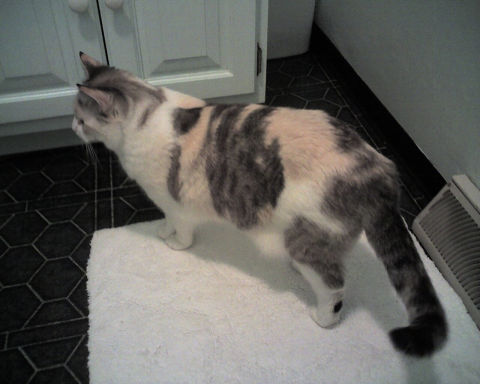
 Thank you, everyone, for your comments, emails and phone calls about yesterday’s quiz.
Thank you, everyone, for your comments, emails and phone calls about yesterday’s quiz.